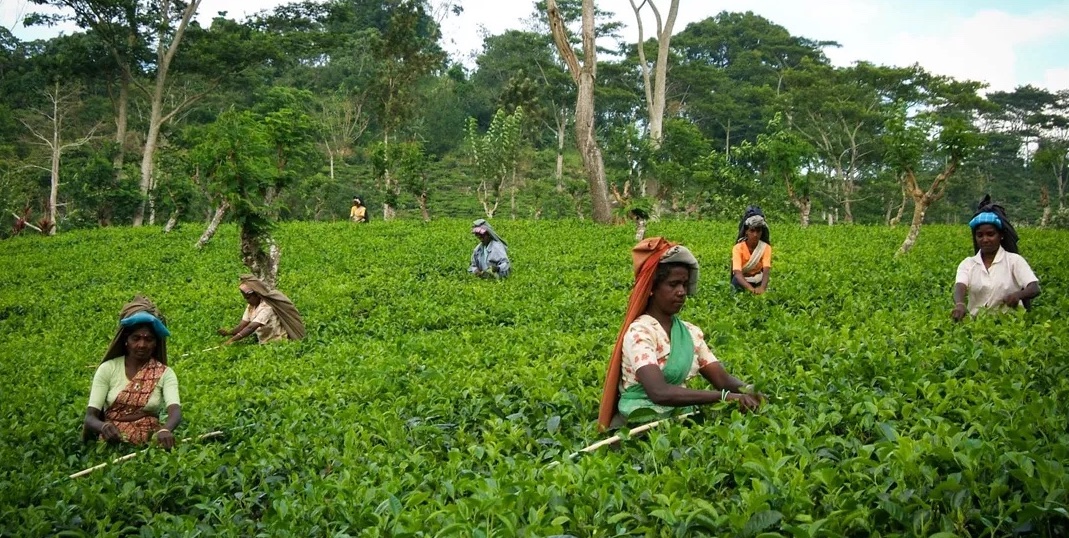Sri Lanka records lowest tea production in 26-years

COLOMBO: Sri Lanka’s Ceylon Tea production is down 7.8 percent in September 2022 from a year earlier to 20.9 million kilograms while the total output for the nine months dipped 18 percent from the previous year, according to a report cited by Economy Next.
From January-September 2022, the total production is 192.37 million kilograms compared to 234.72 million kilograms for the same period in the previous year.
“This would be the lowest recorded for the period under review since 1996 where it recorded 188.40 million kilograms for the corresponding period,” industry data published by Forbes and Walkers Tea Brokers show.
“On a cumulative basis, all elevations have shown a decline over the corresponding period of 2021.”
In September 2022, high grown teas moved up 14.05 percent to 4.6 million kilograms, medium grown fell 3.6 percent to 3.4 million kilograms and low-grown were down 14.5 percent to 14.7 million kilograms, industry data published by Forbes and Walkers Tea Brokers show.
The national average tea price in the month of September was 5.52 dollars or 1,981.63 in rupees.
Sri Lankan tea has been earning higher prices for tea exports in rupees after the currency was depreciated in March against the USA dollar in 2022.
September tea exports too dipped 8.11 percent to 21.54 million kilograms
Even in 2020, amidst the COVID-19 pandemic, tea production had totalled 201.43 million kilograms for the period.
Industry growers had said that some estates were cut off from fertilizers for up to 18 months and they warned that it will have a detrimental impact in the years to come.
The cost of production of tea growers has steeply risen by 30-35 percent so far this year as the country’s currency collapsed while they are still cut off from fertilizer despite a ban on agrochemicals being lifted.”
From electricity to labour to packaging – all the prices have hit the roof.
Plantations now have to pay higher wages to workers with inflation running at 70 percent.
The industry had previously predicted the tea output to dip following a fertiliser ban imposed from April to November 2021.
The ban was imposed on fertilizer and agrochemicals after money printing created forex shortages and health concerns.
Sri Lanka’s Government Medical Officers Association, a key policy advisory group, had said according to the Roman author and natural philosopher Pliny the Elder, ancient Sri Lankans lived over 140 years. After agrochemicals, non-communicable diseases worsened the GMOA has claimed. (Sri Lanka state docs take step back as Pliny sows fertilizer crisis down millennia)
Related: Sri Lanka tea cost of production up 30-35-pct, industry says
With the currency collapsing, the tea industry has said that cost of production is rising, even before wages have adjusted up.
Sri Lanka’s economists have depreciated the currency – especially from the 1980s as so-called basket band crawl ideology became popular among Washington based Mercantilist- in a never ending quest to give artificial profits to exporters and other businessmen by reducing real wages.
Export firms also get an advantages in utility costs each time soft-peggers depress the currency at the cost of state enterprise losses.
